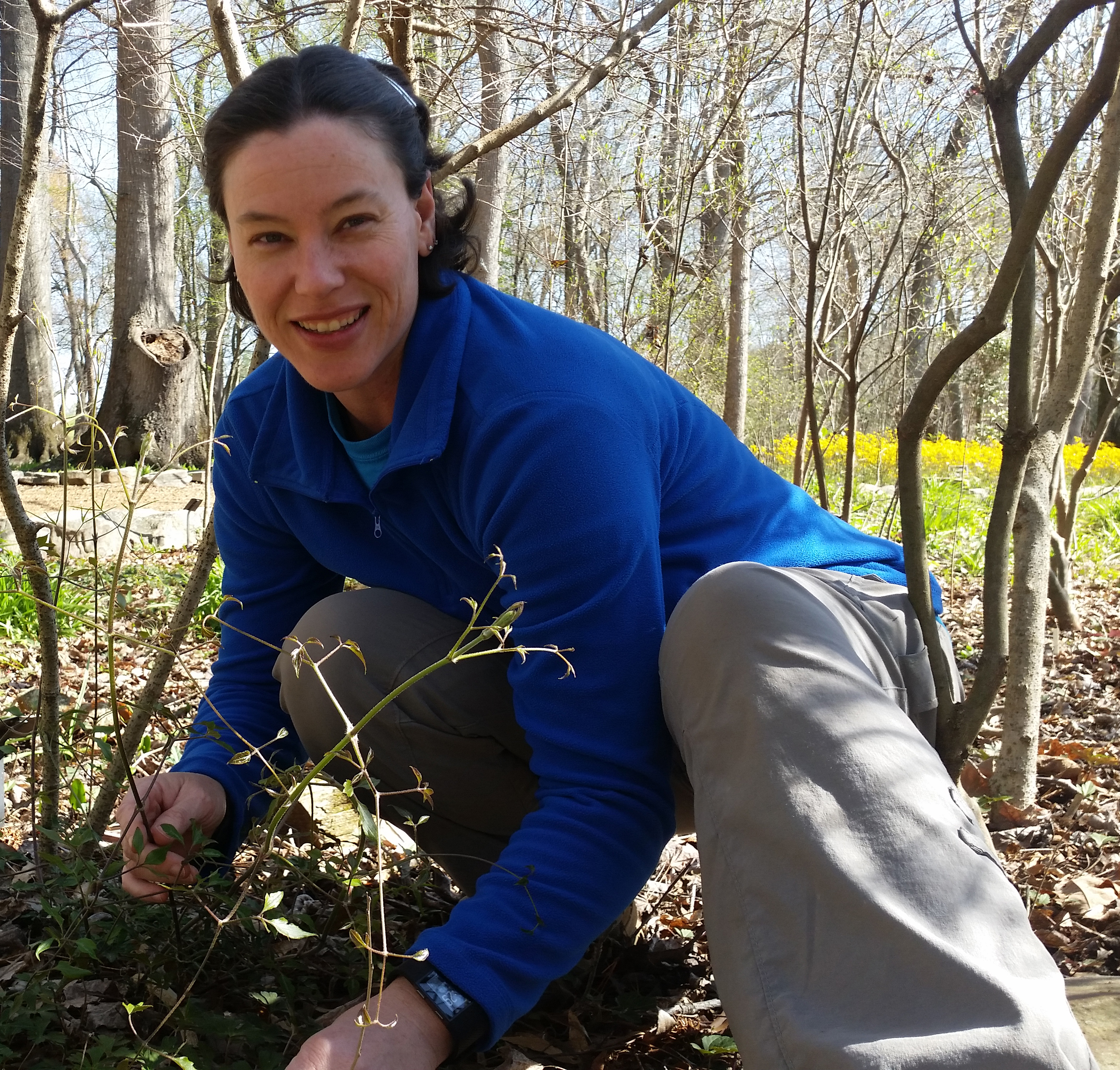
Impatiens capensis, commonly known as jewelweed, is a herbaceous annual that typically occurs in low woodlands and swampy areas throughout North America. This native plant is a member of Balsaminaceae (the Balsam family), and grows 2-5 feet tall and 1.5-2.5 feet wide and features funnel-shaped, spurred, orange flowers with reddish-brown spotting about 1 inch long in late summer. Pollinated flowers produce slender seed capsules that explosively split open at a touch when ripe to disperse the tiny seeds. Jewelweed is easily grown in medium to wet soils in part to full shade and often forms large colonies over time through self-seeding in ideal conditions, but it is easily controlled in cultivated gardens. Jewelweed attracts birds, hummingbirds, and butterflies has no serious disease problems and is tolerant of heavy shade and wet clay soil making it an excellent problem solver for difficult areas. The common name is descriptive of the way dew or rain beads up on the leaves forming sparkling droplets. Traditional medicine used the sap as a topical treatment to relieve itching associated with poison ivy and insect bites.

Helianthus maximiliani, commonly known as Maximilian sunflower or Threadleaf sunflower, is a herbaceous perennial in Asteraceae (the Aster family) that is native to broad regions in North America. Historically found mostly in tallgrass prairie regions; today, it is typically found in dry open areas such as prairies, balds, bluffs, limestone glades, and roadsides. Helianthus maximiliani grows 3-10 feet tall by 2-4 feet wide and features showy 2-3 inch diameter sunflowers with yellow rays and darker yellow center disks in August and September. It grows best in sunny locations with dry to average soils and is very drought tolerant once established. It is easily grown from seed and tolerates deer browse, drought, erosion, and poor soils. This tall perennial may need staking or other support in exposed areas, but it attracts birds and butterflies by the hundreds! Plant where it can naturalize for best effect.

Oenothera biennis, commonly called evening primrose, is an upright biennial in Onagraceae (the willowherb family or evening primrose family) that is native throughout eastern North America. It is most commonly found growing wild in fields, prairies, glades, thickets, and along road right-of-ways. In the first year, this biennial typically produces a basal rosette of shallow-toothed, lanceolate, light green leaves (no flowers) 2-3 feet wide. In the second year, an upright purple-tinged flower stem with spirally arranged leaves grows from the center of the rosette to 3-5’ tall, and features a multi-flowered terminal panicle of lemon yellow flowers (each to 1-2 inches across). Since the flowers open at dusk and close again in the morning when hit by sun, it is pollinated by night-flying moths (and bees in the early morning) which are attracted by fragrance before closure. Individual plants die after setting seed but remain in the landscape through self-seeding. Evening primrose grows well in average-medium moisture, well-drained soils in full sun. Evening primrose has no serious insect or disease problems and is a low-maintenance addition to wildflower gardens, cottage gardens, or herb gardens for attracting birds and butterflies. The seeds contain gamma-linolenic acid and oil pressed from the seeds has been used in medicinal applications since the 1600s and is widely available in 15 countries. American Indians used all parts of the plant as food.

Actaea pachypoda, commonly known as White Baneberry or Doll’s Eyes, is a herbaceous perennial that typically grows to 1.5-2.5 feet tall and 2-3 feet wide. This member of Ranunculaceae (the buttercup family) is native to Eastern North America and is often cultivated in woodland gardens for its attractive white berries. It naturally occurs on north-facing wooded slopes and in ravines. It produces tiny fragrant white flowers in May or June in terminal clusters on floral stems rising above the astilbe-like foliage. Following pollination, the flowering stems turn an attractive red and the fertilized flowers produce pea-sized white berries in September. The common name, baneberry, is a reflection of the toxicity of the fruit which is extremely poisonous if eaten. Each berry has a distinctive small dark purplish spot, formed by the stigma, which gives it another common name: doll’s eyes. The fruit is ignored by wildlife so the ornamental berry clusters usually persist on the plants until frost. White Baneberry is best grown in moist, organically rich, well-drained soils (that never fully dry out) in part- to full shade, and has no serious insect or disease problems. Good for woodland or shade gardens, native plant gardens, and shady border areas. Use with caution if children will be playing unattended in the garden.

Salvia coccinea, commonly called Texas sage or scarlet sage, is a herbaceous perennial native to southeastern North America. It is the only U.S. native sage to have red flowers and is typically found growing in forested areas, along roads, and in disturbed sites in the coastal plain. This member of Lamiaceae (the mint family) typically grows 1-2 feet tall and wide. In north Alabama, it generally will survive winter only in protected (frost-free areas), but often persists in the garden via seed bank. In Huntsville, treat this plant as an annual. Showy tubular flowers bloom in loose spikes September – October attracting hummingbirds and butterflies. Scarlet sage tolerates deer browse and drought well. Deadheading will encourage longer bloom periods. Easily grown as an annual in average to evenly moist, well-drained soils in full sun to part shade.

